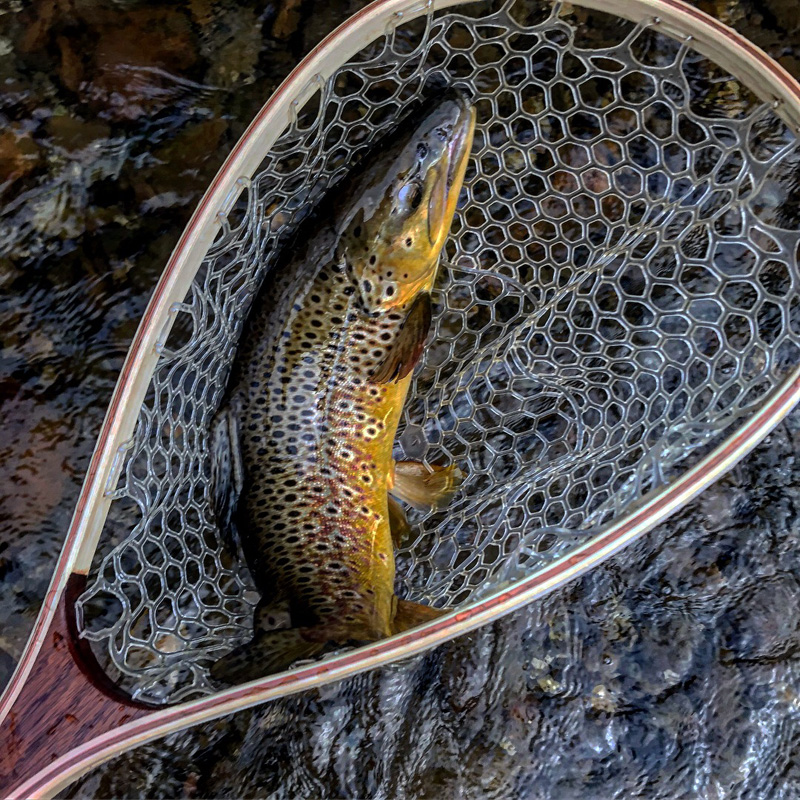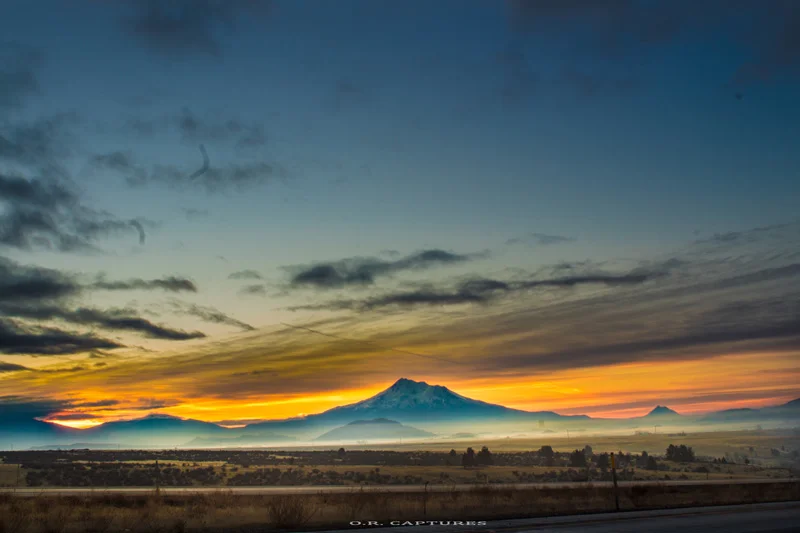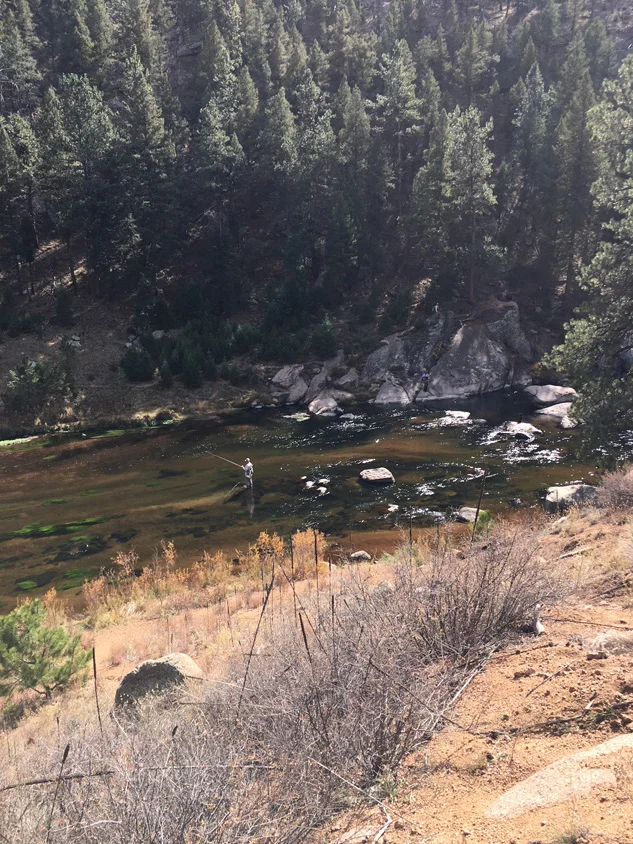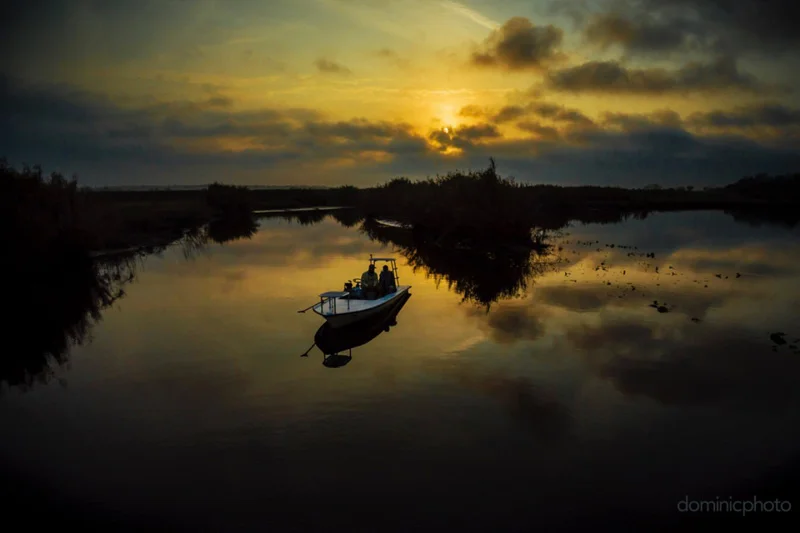Keepemwet Fishing is a movement built on the basis of how catch-and-release fish are presented in photos. Originally, in the early days of social media this caught our attention as what seemed like frantic competition of who could post the most fish photos.
So it's no surprise that we suggest considering if photographing C&R fish should always be routine. Or at least de-emphasizing the urgency to photograph every fish that's caught and instead shift the focus to other elements that draw us outside to toss lines in the water. There are after all, so many reasons we love to fish.
Lets celebrate and explore those other reasons, and in the process take our collective eyes off glorification of the catch and give our nod to the overall holistic experience of fishing. With this in mind, we present "It's not just the Catch", a series of photo contests featuring various criteria besides the obvious. And hey it's a great way to pull off a win on those days you end up skunked! We hope you'll join us.
AND THE MARCH WINNER IS....
From the Fishpond USA judges:
We have chosen a winner. Joseph R and his amazing hat of shame!
Our selection process - each staff member picked a photo for the final round of voting and we picked a random winner out of a hat to make the final selection. Joseph was our winner! There were too many good options to do it any other way. Thank you to everyone who submitted a photo and shared their story.
Joseph Russell, March contest Fishpond USA winner.
"So we fish a medium sized lake in the Adirondacks for some really decent sized pike; the average fish is in the 30” range. I know this isn’t record breaking but the remoteness of the water and the journey to and fro are what really add to the pervasive spirit of adventure when we go for a multi day trip with the boys. This photo was taken on the last day and around the journey out of camp. I am donning with pride the hat of shame. It’s an adaptation of a photo we had seen from the flying fish journal about a group of guys better than annual Alaskan steelhead trip and brought along with him a banana suit costume. The idea of the costume was a humility check for the guy who had caught the most steelhead or the biggest fish on the previous day. We decided to take it a step further and just simply award the hat to the person who caught the fewest fish, the smallest fish, or no fish at all. I am thankful he avoided the trifecta by hooking into a small hammer handle Pike on the second to last day of the trip to stave off the goose egg but still won the hat for lack of numbers and size."Joseph Russell, April contest winner.











































































































































































































































































































































































